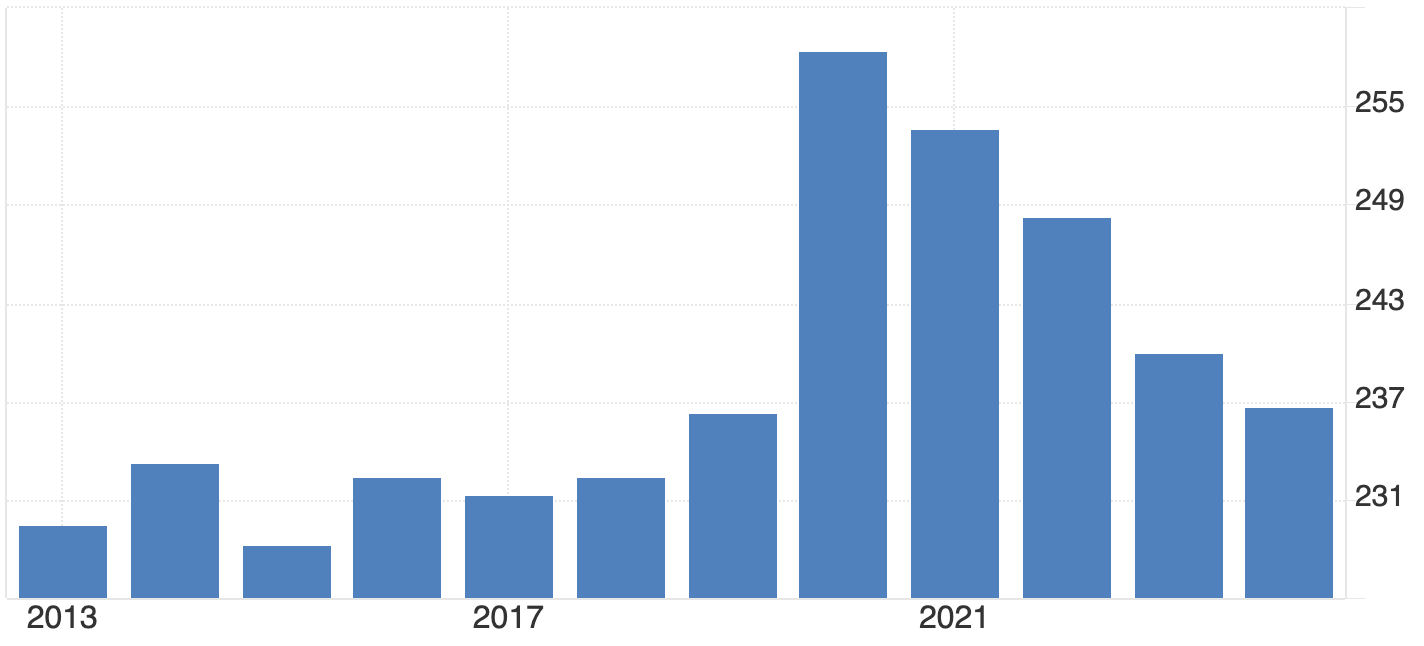Yen carry trade in reverse: How Japan’s yield shift is shaping USD/JPY
Yen carry trade in reverse: How Japan’s yield shift is shaping USD/JPY
Yen carry trade in reverse: How Japan’s yield shift is shaping USD/JPY

Japan’s bond market is resetting the terms of the global foreign exchange market. The 10-year Japanese Government Bond (JGB) yield has climbed to 1.72% - the highest since June 2008 - as investors brace for a ¥17 trillion (£88bn / $110bn) fiscal package and a further scaling-back of Bank of Japan (BoJ) bond purchases.
This marks the start of a new phase: the yen carry trade running in reverse. As domestic yields rise, Japanese investors have stronger incentives to repatriate funds, lending support to the yen and unsettling one of the world’s longest-standing funding trades. The key question for markets is whether this shift will pull USD/JPY down from the mid-150s or prompt the BoJ and Ministry of Finance (MoF) to step in again to steady the currency.
Key takeaways
- The 10-year JGB at 1.72% signals a durable move away from the post-crisis, near-zero rate regime.
- Gradual BoJ normalisation - short-term rates around 0.5% and lighter bond buying - is forcing a reassessment of the yen’s role as a funding currency.
- A proposed ¥17 trillion stimulus seeks to cushion a 0.4% Q3 GDP dip but may lift inflation expectations and issuance.
- Rising domestic yields are encouraging capital to return home, partly unwinding the carry trade.
- USD/JPY 155–156 remains a policy-sensitive zone where stronger rhetoric - and historically, action - has emerged.
Japan’s bond market awakens
After nearly two decades of suppressed yields, Japan’s curve is moving under market forces again. The 10-year JGB yield, which stayed below 1% for years due to the BoJ’s Yield Curve Control (YCC), has now broken decisively higher - a sign that investors expect sustained inflation, more fiscal spending, and a lighter BoJ hand in the market.
Several drivers overlap:
- Reduced BoJ purchases have thinned the bid for JGBs.
- The policy rate has been lifted to 0.5%, decisively ending negative rates.
- Under Prime Minister Sanae Takaichi, a ¥17 trillion programme spanning tax relief, infrastructure, and household support is in train.
In combination, these shifts have pushed yields to levels last seen during the global financial crisis, effectively closing the chapter on “zero-cost money” in Japan.

Higher yields despite Japan’s fragile economy
The rate move arrives as growth softens. Cabinet Office figures show Q3 GDP -0.4% q/q, the first contraction in six quarters, with housing and household demand weak despite a modest September export rebound.
BNP Paribas’s Ryutaro Kono argues the setback is not “particularly serious”, but it underscores an uneven recovery. The stimulus aims to stabilise real incomes and confidence; however, with public debt above 230% of GDP, markets are alert to financing costs and long-term sustainability.

The mechanics: Why higher yields strengthen the yen
1. Repatriation of capital
Large Japanese institutions - life insurers, pensions, and banks - hold trillions in foreign assets. Higher domestic yields improve home returns, encouraging rotation out of U.S. and European bonds and back into JGBs. That flow raises demand for yen.
2. Unwinding the carry trade
Borrowing low-yield yen to buy higher-yield assets abroad has been a global staple. As the cost of funding rises, the risk-reward compresses. Closing these trades requires buying back yen, which can accelerate moves.
3. Yield differentials and global comparison
Even with U.S. 10-year yields ~4–5%, Japan’s shift from ~0% to ~1.7% is meaningful for domestic allocators who previously earned little at home. That narrows effective differentials at the margin and tilts flows towards the yen.
Yen policy trade-offs: Growth, debt, and stability
Governor Kazuo Ueda faces a delicate balance: fragile growth, above-target inflation dynamics, and market volatility. The ¥17 trillion fiscal push can help shore up demand, but it also adds to the supply of bonds in the market and may reinforce inflation expectations.
If yields climb too far, the BoJ could stabilise the JGB market via operations or dial up guidance. Finance Minister Satsuki Katayama has said she is watching FX with urgency - language that has preceded yen-supportive steps in the 155–156 USD/JPY neighbourhood, a zone Credit Agricole highlights as sensitive.
Geopolitics: China tensions and trade headwinds
Relations with China have deteriorated following comments on Taiwan, prompting diplomatic friction and travel advisories. Capital Economics’ Marcel Thieliant warns that rare-earth restrictions or other curbs could escalate into a trade spat, challenging an export sector already under pressure from Chinese EV competition.
Such risks can boost safe-haven demand for the yen, but prolonged frictions may compress margins for exporters - a reason policymakers may resist excess currency volatility.
USD/JPY: Scenarios for late 2025
In the near term, 145–148 is feasible if repatriation flows increase. Should the Federal Reserve delay cuts and keep U.S. yields firm, 150–153 may persist. Either way, ~156 is a line in the sand to monitor. Traders can track these levels on Deriv MT5, with real-time depth and charting for yen volatility.
Technical analysis: USD/JPY momentum and key levels

At the time of writing, USD/JPY trades near 154.72, hovering just beneath a fresh price discovery zone.
- The RSI is flat just under overbought, implying bullish momentum remains but may fade without a clear breakout.
- Bollinger Bands are widening, signalling higher volatility. Price is riding the upper band, consistent with persistent buying, but that positioning often precedes brief pullbacks or ranges.
- Supports: $153.00 (initial), then $150.00 and $146.45. Slips through these areas could trigger liquidations if sentiment turns.
Overall, the bias is still upward, yet with RSI elevated and price extended along the upper band, the risk of short-term consolidation before any renewed advance is non-trivial.
Global ripple effects
Japan’s pivot won’t stay local. As the world’s largest creditor, even modest repatriation can echo through global bonds:
- U.S. Treasuries: Potential yield drift higher if Japanese holders lighten exposure.
- Europe & Australia: Reallocation towards JGBs can lift local yields and tighten spreads.
- Emerging markets: Funding costs may rise as yen liquidity becomes pricier.
The broader takeaway: the zero-yield era is closing, nudging the global cost of capital higher and re-pricing risk built on cheap yen.
Yen investment and trading implications
Japan’s bond dynamics are now central to the yen path:
- Short term: A sturdier JGB yield backdrop and ongoing repatriation could pressure USD/JPY towards 145–148, particularly if U.S. yields stabilise.
- Medium term: Fiscal expansion and sticky inflation argue for elevated but choppy yields, keeping USD/JPY near 150–153.
Intervention watch: Approaches to 155–156 raise rhetoric and the probability of policy action.
The performance figures quoted are not a guarantee of future performance.















